At the center of Bong Joon-ho’s Mickey 17, an anti-capitalist satire that’s as timely as it is entertaining, is an “expendable” named Mickey Barnes (Robert Pattinson). He’s a disposable worker aboard a government spaceship lorded over by Kenneth Marshall (Mark Ruffalo), a failed politician and religious wingnut seeking to escape the strictures of Earth and establish Niflheim, a genetically “pure” colony of devotees on a distant ice planet.
Tasked with doing the most dangerous jobs on the ship, Mickey expires frequently but is reprinted each time, assigned a new number, and re-uploaded with the old Mickey’s memories, after which it’s back to being subjected to nasty experiments. But when Mickey 17 is prematurely presumed dead after being sent on a mission to study creepers—the lifeforms causing trouble for the colonists of Niflheim—he comes face to face with his replacement: Mickey 18.
Affably gangly in structure, Bong’s adaptation of Edward Ashton’s novel Mickey 17 is a deranged yarn that feels like a continuation of the fixations of Snowpiercer and Okja, while also functioning as a throwback of sorts to the director’s 2006 international breakthrough, The Host. The distinct cinematic flavor of his work, that reliable dramatizing of the awakening of class consciousness but with a certain anime-inflected zaniness, is at its most beguiling here.
This is thanks in no small part to Pattinson, who’s finely keyed to the weirdo vibes of the film’s mayhem. He’s well-matched by Naomi Ackie as Mickey 17’s on-ship girlfriend, Nasha Barridge, who’s tickled to have two of him, but seeing as creating multiples of an expendable is cause for permanent decommission, the two Mickeys have to be careful lest anyone else realize the mistake. As Mickey 17, Pattinson gives an infectiously charming hangdog performance, which is all the more apparent when he’s acting opposite himself as the slightly psychopathic Mickey 18. The actor clearly relishes leaning into bug-eyed lunacy as much as he does pathos.
Though Mickey 17 can feel like a mixtape of Bong’s greatest hits, it may actually be his most refined and articulate anti-capitalistic critique to date. As the self-styled overlord of Nilfheim, Ruffallo plays a fascist dingbat whose obsession with breeding even more repellent personality would seem over-the-top if they weren’t so rooted in the realities of 2025.
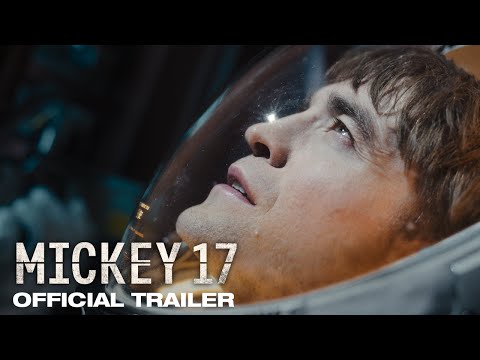
Bong’s film functions as a metaphor not just for the ways in which capitalism chews up and spits out the little guy in its quest for exponential growth (our hero is a perfect worker whose labor can be extracted in virtual perpetuity), but also how what we often call scientific progress has historically been made at the expense of the rights and well-being of society’s disenfranchised—or, well, expendables. But while Mickey 17 makes overtures toward exploring the legal and ethical ramification of Mickey as a non-individual individual without rights as well as the dark capabilities of the technology that allows his virtual immortality, there’s a sense that it shrinks from the chance to push the material as far as it feels like it wants to go.
Bong’s conservationist concerns are essential to his cinema, and the film’s half-isopod, half-wooly mammoth creepers are essential to furthering them. They’re also very much in his wheelhouse—at once cartoony yet realistic enough to compel empathic environmentalist fervor among viewers. At the same time, the creepers feel like they pull focus from the more compelling narrative and thematic possibilities promised by the idea of multiples. The logical endpoint here would seem to be an exploration of their revolutionary or destructive potential, but the film stops short of that promise. In the end, we only properly meet Mickeys 17 and 18.
Still, this may be the most amusing of Bong’s caustic satires to date. Though it’s as grim and urgent as Parasite and Okja, there’s a winsome, crowd-pleasing optimism here that eases Mickey 17’s more disturbing implications for humankind. It understands that laughing in the face of authoritarian populism is hopeful. Late in the film, Bong teases a darker alternate future for Niflheim that turns out to be a dream, as if to say that fascists always come back, but if a movie about alien isopod tornadoes and clone threesomes can teach us anything at all, it’s that what fascists fear most is being shown how ridiculous they are above all else.
Since 2001, we've brought you uncompromising, candid takes on the world of film, music, television, video games, theater, and more. Independently owned and operated publications like Slant have been hit hard in recent years, but we’re committed to keeping our content free and accessible—meaning no paywalls or fees.
If you like what we do, please consider subscribing to our Patreon or making a donation.

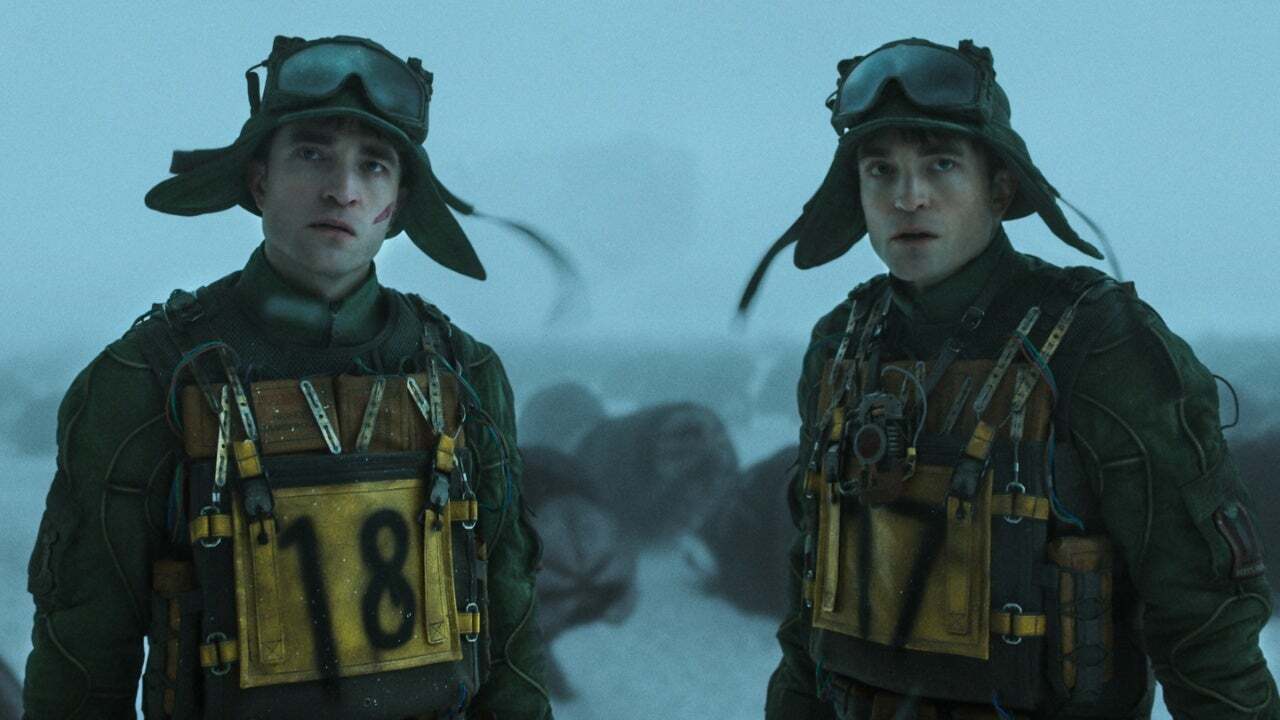
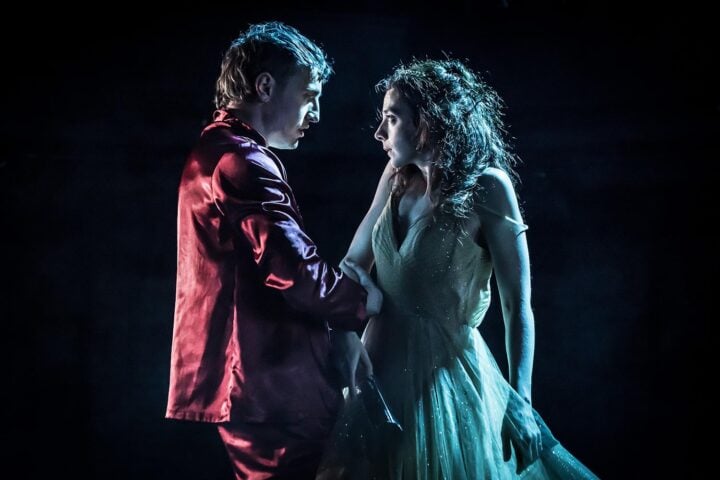
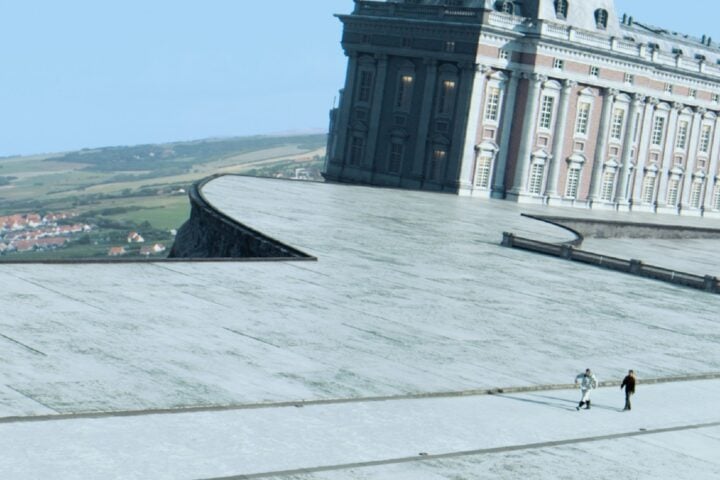
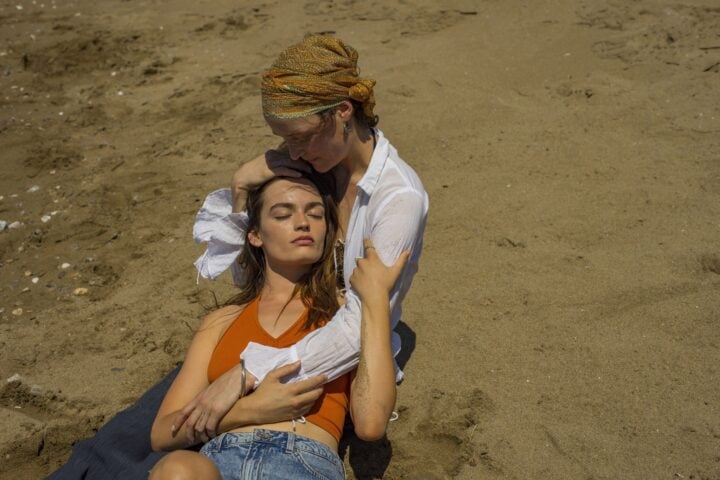

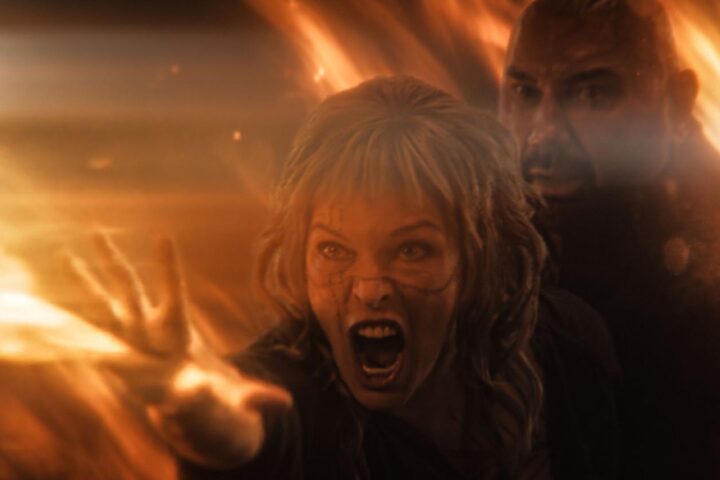
“what fascists fear most is being shown how ridiculous they are” is absurd. Did Adolf Hitler fear most the caricature played by Charlie Chaplin in ‘The Great Dictator’? Does Donald Trump fear most the parodies of him on ‘Saturday Night Live’? Obviously not. Fascists fear the unity of the working class, just as capitalists do. That is one reason they spend so much of their resources pitting us against each other through fear of trans people, immigrants or socialists.